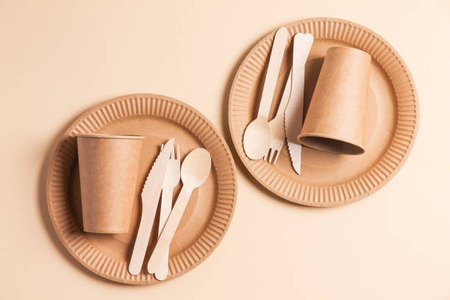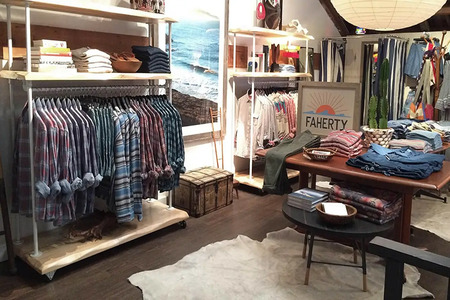Sri Lankan Handlooms gets foothold in the competitive international market
YarnsandFibers News Bureau 2015-01-03 10:00:00 – DhakaSri Lankan handloom textile industry is one of the country's oldest traditional crafts. The industry has helped showcase the undying creativity of generations of Sri Lankans taking them to the international arena.
The modern design trends combined with traditional designs and the influx of new processing techniques has given a new life to Sri Lankan handlooms. The industry has gained a dominant identity and a foothold in the competitive international market.
Sri Lanka is capable of producing various handloom textile products to foreign markets. There is an increasing demand for Sri Lankan handloom textile products in foreign countries. Italy, Germany, France, UK, Norway, Netherlands, Maldives and Thailand are the main export markets for Sri Lankan handloom textile products.
Sri Lanka exports curtaining, table linen, bed linen, kitchen linen, upholstery and dress fabric and other products to foreign markets. The products in demand in the local market are curtaining, table linen, bed linen furnishing, cushion covers, sarongs and sarees.
Currently, cotton and silk yarn is imported from India and Korea, monthly. Around 900 private handloom producers inclusive of small, medium and large-scale are operating in the country.
The handloom textile industry is a highly labour intensive, export oriented rural based industry. However, lack of weavers and the high production cost has hampered the growth of the industry considerably. There is a slight decrease in the current workforce in the industry as it is labour intensive.
Handloom textiles are produced in Sri Lanka within the confines of a small-scale industry that generate employment to rural women. Among the Handloom textiles produced are household linen such as bedclothes and towels, upholstery materials, furnishing materials such as curtaining, cushions covers, saris and sarongs. Books, notebooks, albums, and even writing pads are now clothed with this handcrafted material of textile. The handloom woven cotton and silk textiles of vibrant colors have been popular among the locals as well as the tourists.
Many countries are looking for environmental friendly, handmade products made with sustainable supply chains. Handloom products are completely sustainable and use eco-friendly raw material or recycled material with minimal environmental pollution. Thus, there is a great scope for the Sri Lankan handloom industry to flourish. Further, development of the industry would reduce the flow of imported material to the local market and save valuable foreign exchange.
Market Intelligence
Ask for free sample Report

experience
Customer Base
dedicated team
Countries Served Worldwide









